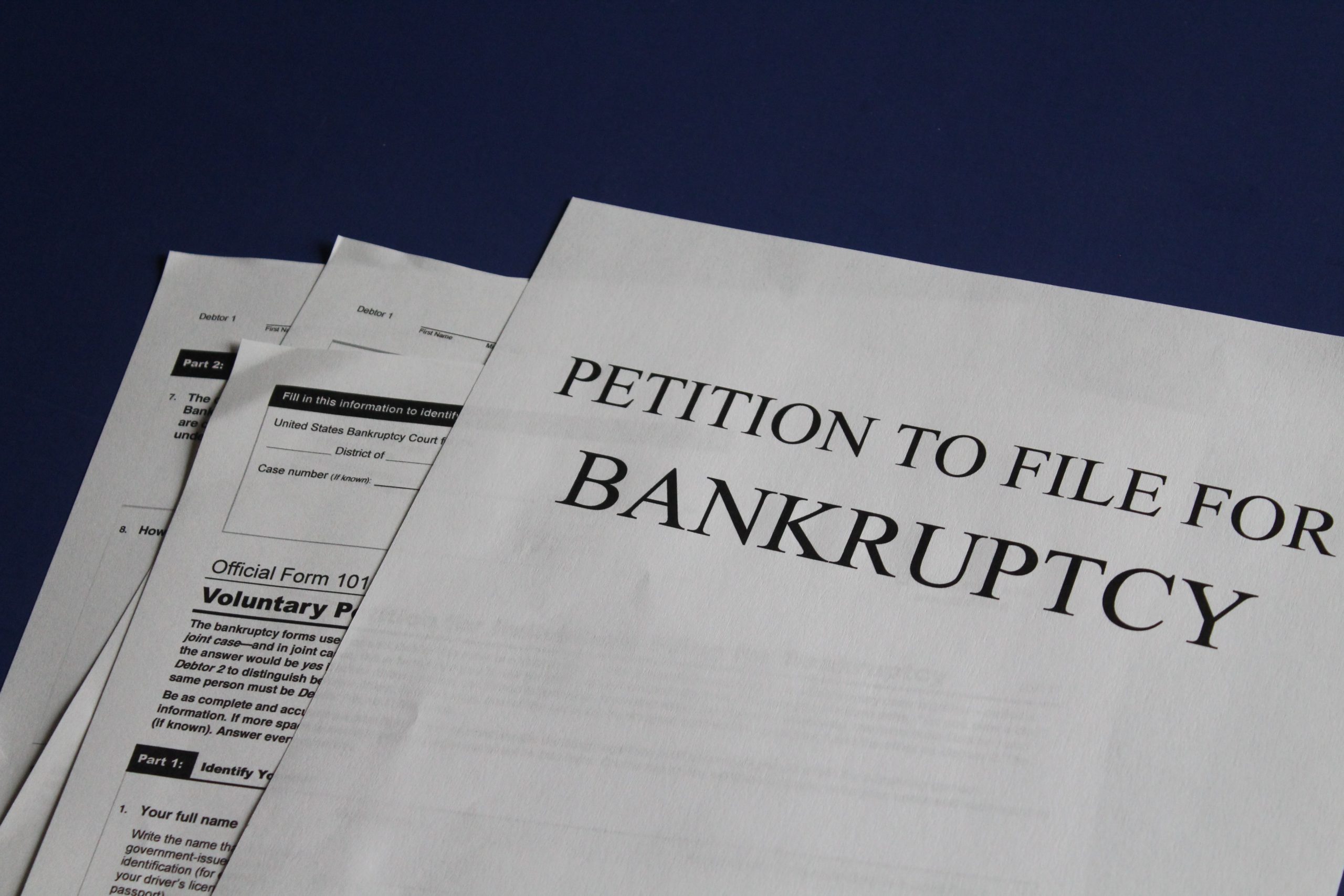By: David Morson
Canadian bankruptcy is a financial problem, yet it is a legal process that can provide you with a fresh start. Once you apply, you receive immediate protection. For example, credit cards, bank account, and wage garnishments will end and creditors won’t be allowed to call you anymore. If you’re insolvent and you file for bankruptcy, the process takes at least nine months.
Bankruptcy Process
Here are the steps involved in filing bankruptcy in Ontario:
1. Make an appointment with a Licensed Insolvency Trustee: The first step is to set up an appointment with a local Licensed Insolvency Trustee (LIT) if this is your first time. An LIT is licensed with the federal government to file and administer bankruptcies.[i] Most LITs have websites that you can use to familiarize yourself with the trustee (they often offer free consultations).[ii] Alternatively, ask a trusted advisor, family or friend for a referral. When you meet with an LIT, they will carefully consider your financial situation and explain every debt relief option that is available to you. In many cases, they can find an alternative to filing for bankruptcy.
2. Fill out an application: This does not need to take place on the day of your initial appointment. However, once you have explored all of your options and have made the decision to file for bankruptcy, the LIT will assist you in filling out the necessary paperwork.
3. File for bankruptcy: Once the documents are signed, the LIT will file them with the Office of the Superintendent of Bankruptcy and a Certificate of Appointment is typically issued immediately. Once you file for bankruptcy, your creditors cannot make phone calls or take further legal action against you. You are immediately protected, and your LIT will deal with your creditors.
4. Notification of creditors: All of your creditors and lenders will be notified of your bankruptcy by the LIT. Your creditors may call a meeting to learn more about your situation, but this doesn’t usually happen.
5. Non-exempt assets will be sold: When you file for bankruptcy, the LIT will sell your non-exempt assets and hold the proceeds on behalf of your creditors. Exempt assets include all necessary clothing, your personal vehicle (up to certain amount) and household furnishings and appliances (up to certain amount).[iii]
6. Payments to your LIT: You have to make monthly payments to your LIT to compensate them for their services during the bankruptcy process. If your income exceeds a certain amount, you will also need to make “surplus income” payments for a period of time[iv]. The federal government has a minimum threshold that it considers as the amount of money needed to maintain a reasonable standard of living during the bankruptcy process.[v] If you make more than the stipulated amount, you will have to pay a portion of your income that exceeds this threshold. This will go towards repaying creditors.
7. Credit Counselling: Before being discharged from bankruptcy, you must attend two credit counselling sessions. At these sessions, you will discuss the circumstances that led to your bankruptcy, ways to avoid them in the future, and strategies to help you rebuild financially. This will help you with future budgeting and avoiding debt problems or further financial difficulty.
8. Discharge: If you attend the credit counselling sessions and make all your required payments, you will be discharged as early as nine months from the date of filing (the process is longer if it is not your first bankruptcy). Before you are discharged, your LIT may need to file a final report, and you might have to attend a discharge hearing. However, these requirements are not necessary in all cases. Once you are discharged, you no longer need to repay any of the debts that were listed in your bankruptcy filing.
Disclaimer: The information provided in this response is for general informational purposes only and is not intended to be legal advice. The content provided does not create a legal client relationship, and nothing in this response should be considered as a substitute for professional legal advice. The information is based on general principles of law and may not reflect the most current legal developments or interpretations in your jurisdiction. Laws and regulations vary by jurisdiction, and the application and impact of laws can vary widely based on the specific facts and circumstances involved. You should consult with a qualified legal professional for advice regarding your specific situation.
[i] https://debtsolutions.bdo.ca/wp-content/uploads/2021/01/BDO_2021_FRS_Handbook_Digital_EN.pdf
[ii] See https://www.ic.gc.ca/app/scr/tds/web/?lang=eng for a trustee in your area. [iii] https://freshstartnow.ca/assets-exempt-from-bankruptcy-in-ontario/
[iv] For more information on surplus income payments, see: https://freshstartnow.ca/surplus-income-payments-in-a-bankruptcy/
[v] https://debtsolutions.bdo.ca/bankruptcy/bankruptcy-costs/

